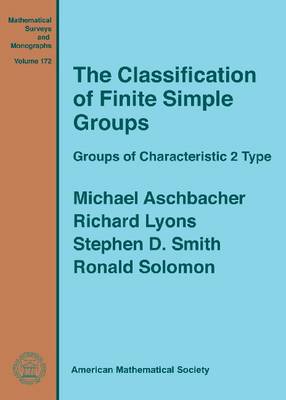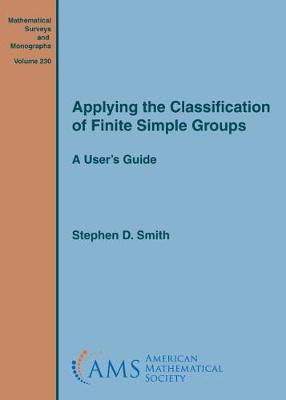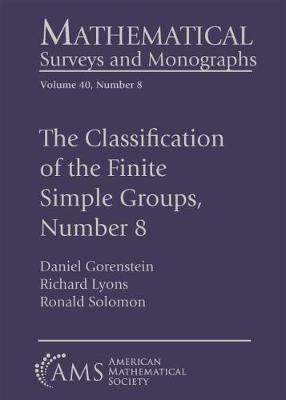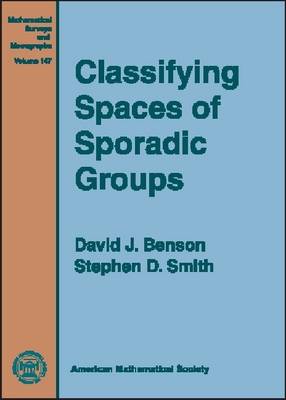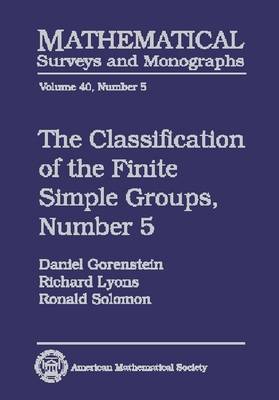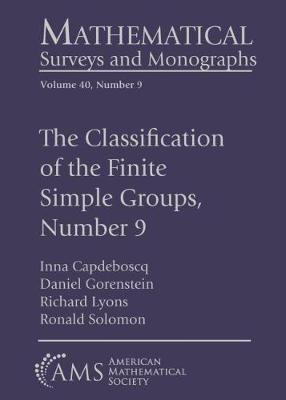Mathematical Surveys and Monographs
8 total works
The Classification of the Finite Simple Groups, Number 7
by Daniel Gorenstein, Richard Lyons, and Ronald Solomon
The book is suitable for graduate students and researchers interested in the theory of finite groups.
The Classification of Finite Simple Groups
by Michael Aschbacher, Richard Lyons, Stephen D Smith, and Ronald Solomon
The book is based on the author's lectures at the September 2015 Venice Summer School on Finite Groups. With about 50 exercises from original lectures, it can serve as a second-year graduate course for students who have had first-year graduate algebra. It may be of particular interest to students looking for a dissertation topic around group theory. It can also be useful as an introduction and basic reference; in addition, it indicates fuller citations to the appropriate literature for readers who wish to go on to more detailed sources.
The Classification of the Finite Simple Groups, Number 8
by Daniel Gorenstein, Richard Lyons, and Ronald Solomon
Put another way, Theorem O asserts that any minimal counterexample to the classification of the finite simple groups must be of even type. The work of Aschbacher and Smith shows that a minimal counterexample is not of quasithin even type, while this volume shows that a minimal counterexample cannot be of generic even type, modulo the treatment of certain intermediate configurations of even type which will be ruled out in the next volume of our series.
Classifying Spaces of Sporadic Groups
by David J. Benson and Stephen D Smith
The Classification of the Finite Simple Groups
by Daniel Gorenstein, Richard N. Lyons, and Ronald M. Solomon
The Classification of the Finite Simple Groups, Number 5
by Daniel Gorenstein, Richard Lyons, and Ronald Solomon

